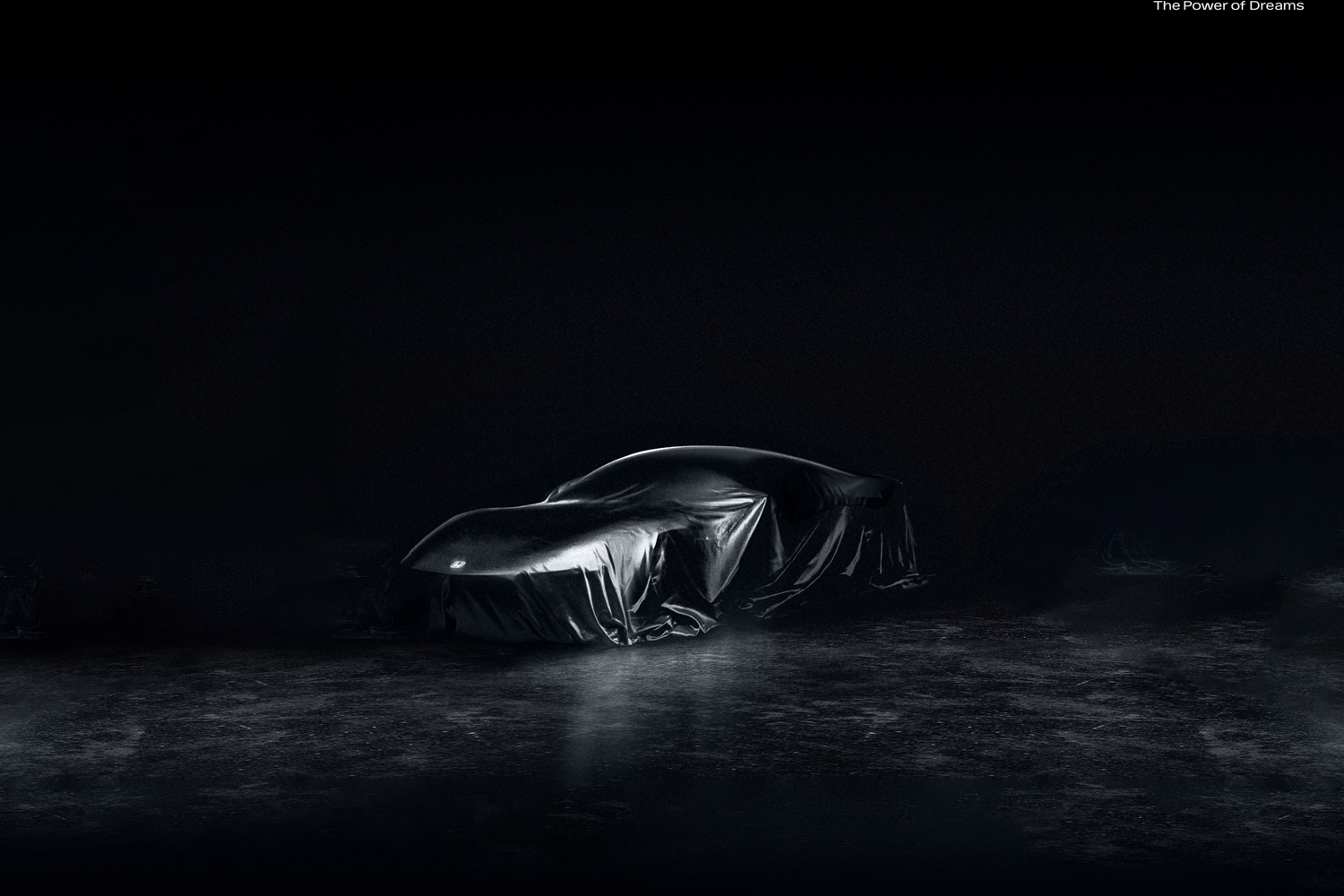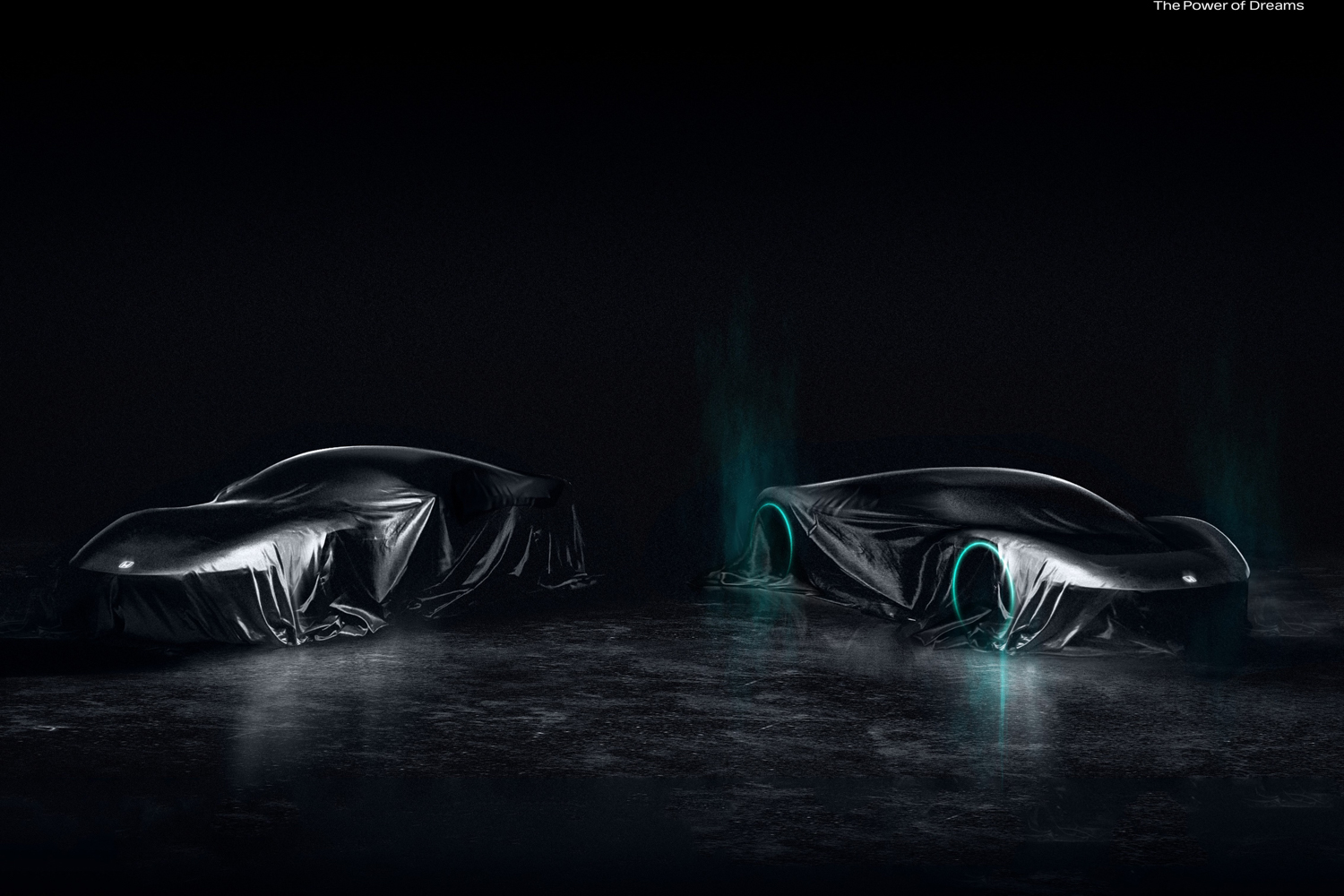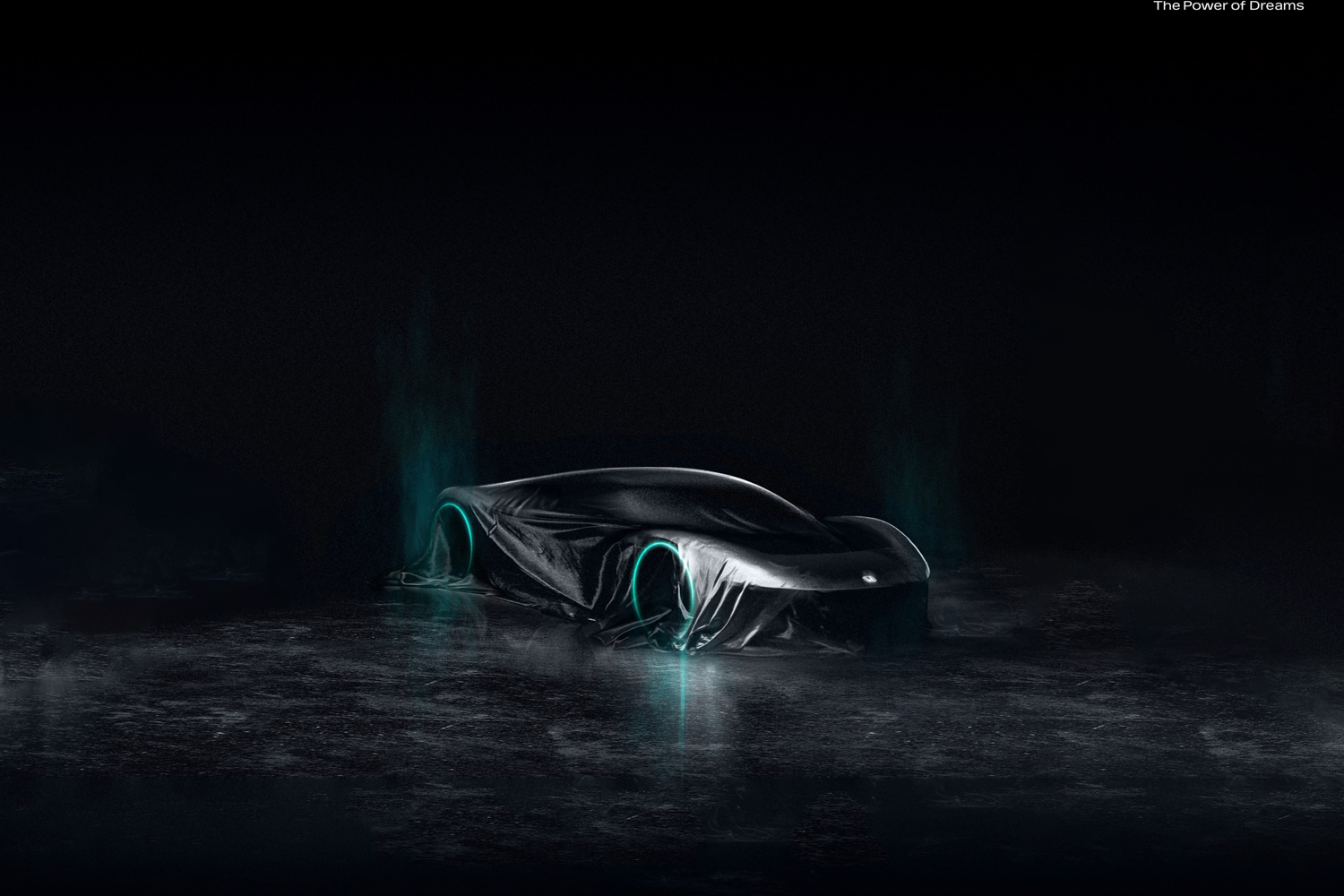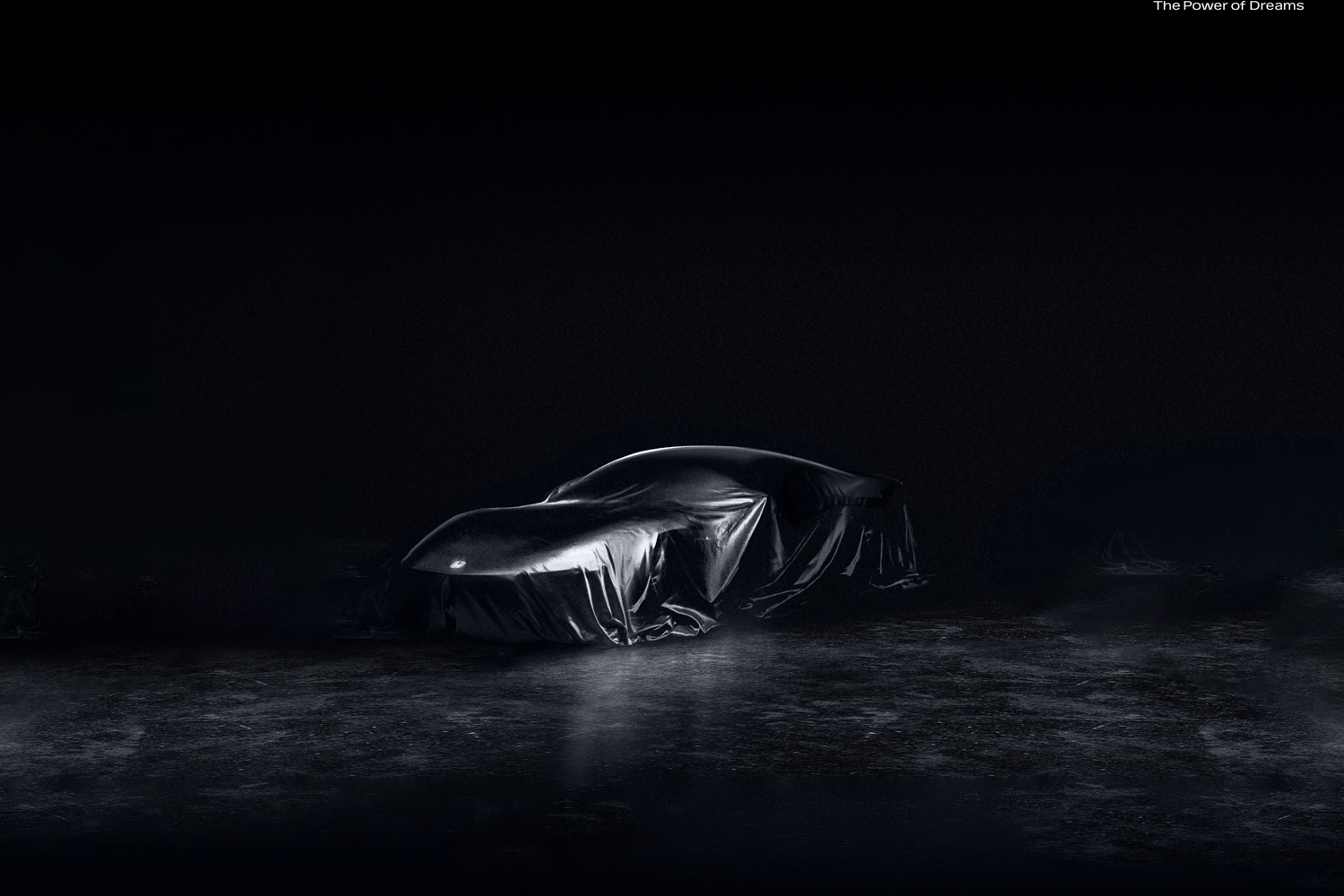Honda will launch 30 new electric vehicles globally by 2030 as well as two new sports cars, ramping up EV production to over 2 million units by the end of the decade.
Major investment
The firm said it would invest around €36.6 billion in electrification over the next decade, developing its own dedicated EV platforms and forming working partnerships with other companies for the cheaper roll-out of electric vehicle technology. Some of that investment will also go towards the exploration of swappable batteries, hydrogen fuel cells and synthetic fuels. Around €315 million will go towards the building of a "demonstration line" of solid-state next-generation batteries by 2024. In all, Honda says, it will invest €58.6 billion in research and development over the next decade as well as an additional €73.2 million per year in start-ups which it believes may help it achieve its aims in the field of cloud and Car-to-X connectivity.
New EVs
One of the first vehicles to emerge as part of Honda's new strategy will be an ultra-cheap mini-EV in Japan costing around €7,328. That will be followed by a number of other mini-EVs as well as electric SUVs.
In 2024, the company also plans to launch two new electric SUVs co-developed in the United States with General Motors - one called the Honda Prologue, the other to be released under Honda's Acura luxury brand. Both GM and Honda have also recently signed an agreement to develop new SUVs to sit on GM's Ultium platform by 2027. By 2027, it also said it would launch 10 new EVs in China, likely under the e:N sub-brand.
Honda will release its new generation of its Honda e: architecture in 2026, a hardware and software package that will underpin many of its EVs in the second half of the 2020s and which will incorporate cloud connectivity and the Honda Sensing range of advanced driver assistance features.
Sports cars
The company was much vaguer when it came to announcing its two new sports models, not giving any clue as to when they'd be launched or what would be powering them save to say that both would be launched "globally" and that one would be a "speciality" model and the other a "flagship" (a replacement for the NSX, perhaps).
Cost-cutting
The announcement of Honda's new strategy for the decade ahead comes following a difficult few years financially which have seen the company forced to tighten its belt and rationalise its product line globally. The company has cut the number of trim lines and options available on its models in 2018 by half, aiming to cut it down to one-third of the 2018 figure by 2025. It is also on track, it says, for a 10 per cent reduction in car manufacturing costs compared to 2018.
Honda's all-electric line-up isn't expansive to date, with just one model, the Honda e, launched in Europe so far. The company has until now put most of its eggs in the hybrid rather than the fully-electric basket, so the most recent strategy announcement represents a big shift for the firm. Honda has said that by 2030 it intends that 40 per cent of its European sales will be made up of battery-electric and fuel cell vehicles, increasing to 80 per cent by 2035. It said it would phase out internal combustion engines entirely by 2040.




